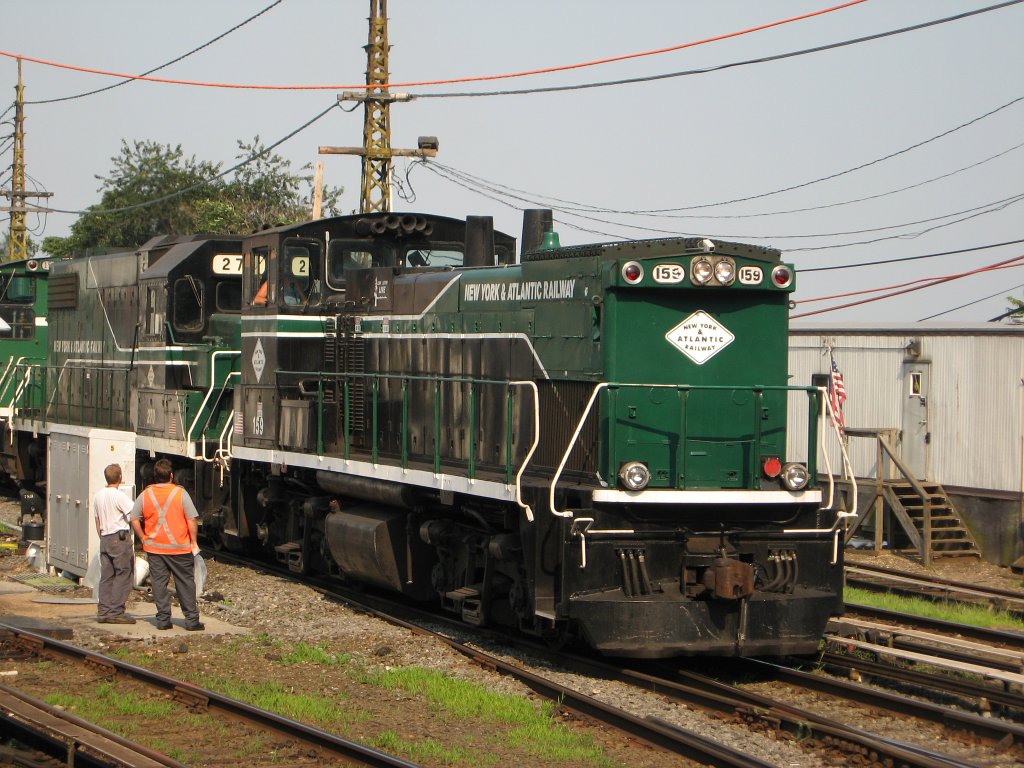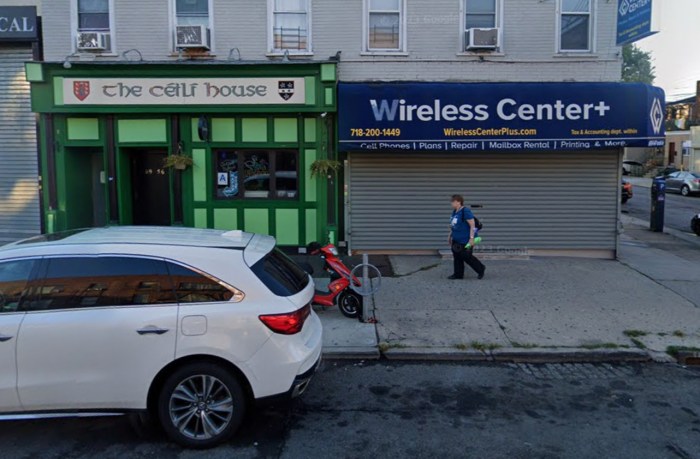BY SUZANNE MONTEVERDI
The Glendale Property Owners Association (GPOA) is not yet on board with recently presented plans regarding changes on the Long Island Rail Road’s Montauk branch through the area.
The rails, which are currently being used by New York and Atlantic Railway (NYA) to transport freight, were the focus of debate at the group’s monthly meeting on Thursday night at St. Pancras Pfiefer Hall. Attendees discussed the already disruptive freight activity and were unsettled by reports that the NYA wished to increase it.
“It’s not so much the noise — it’s a little bit the noise — but the vibration,” said Brian Dooley, GPOA president. “When you’re putting that much weight on these rail tracks, and going by, you can rattle the pictures off the wall.”
Another attendee voiced air quality concerns, and suggested that a study be done on how an increase in freight activity will affect the air in the area.
The group also focused on a second plan for the Montauk branch from Councilwoman Elizabeth Crowley, who proposed creating a light rail line along the tracks between Glendale and Long Island City. Concerns were raised over expenses related to such an endeavor, and whether the line could accommodate both a passenger light rail and heavy freight activity.
Crowley’s representative at the meeting, Amanda Farias, defended the lawmaker’s proposed plan, stating that it is a proactive effort on her part to combat the freight company’s desire to increase traffic across the lines. Farias also pointed out that the rails were used for LIRR passenger service in the past, and stated that they have been evaluated and are “still in perfect condition to be used as a commuter rail.”
“In order to accommodate both the commuter rail and the freight, they’ll have to implement temporal separation, which accommodates both the heavy freight and the commuter services,” Farias said.
Despite heavy criticism, many in attendance recognized that either approach would have its benefits and detriments.
“It seems to me that there is a natural conflict between the freight and the commuter. And I think, eventually, it might turn out to be one or the other,” Dooley said. “There’s always consequences to whatever the trade-off is. We just need to think about them.”

































